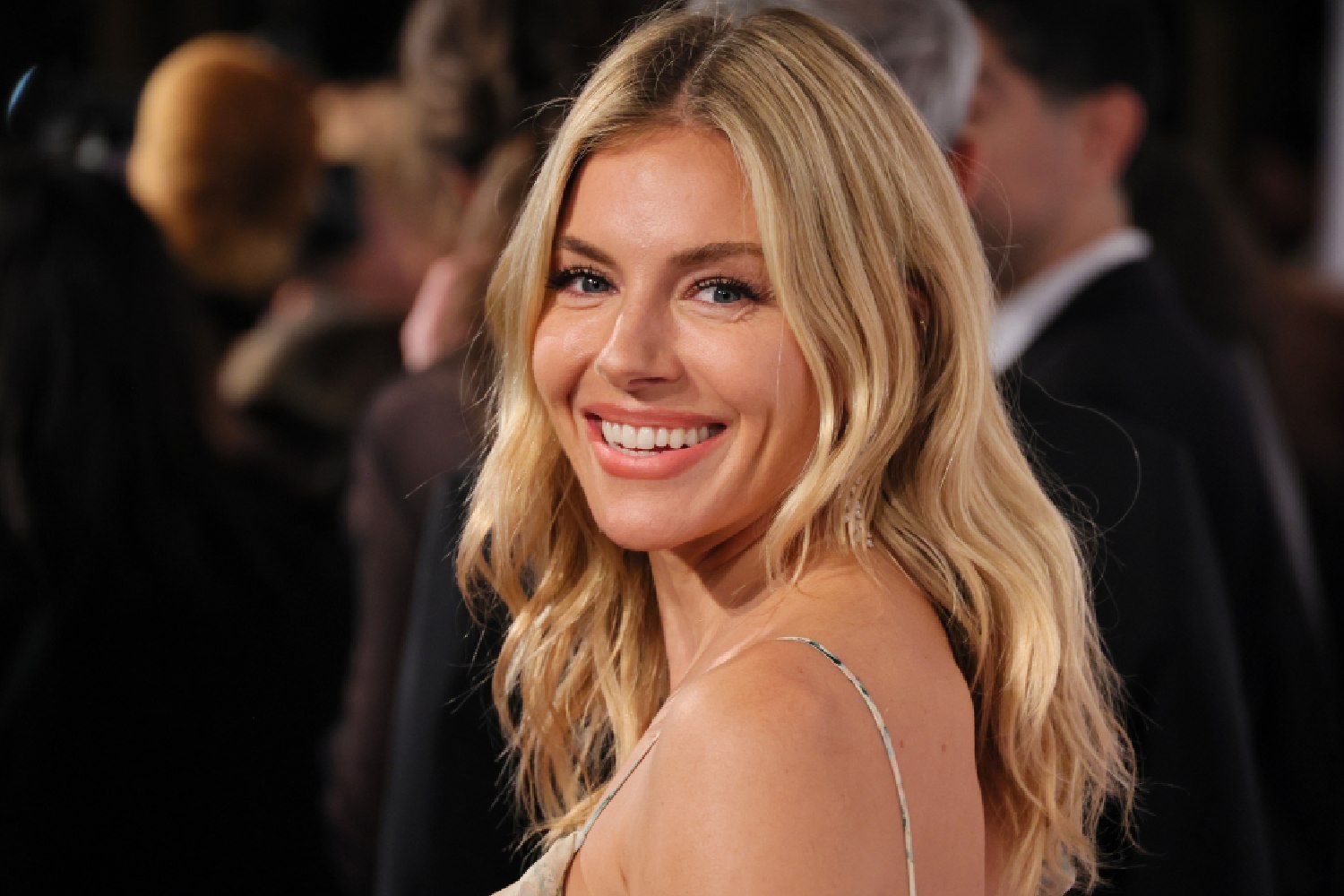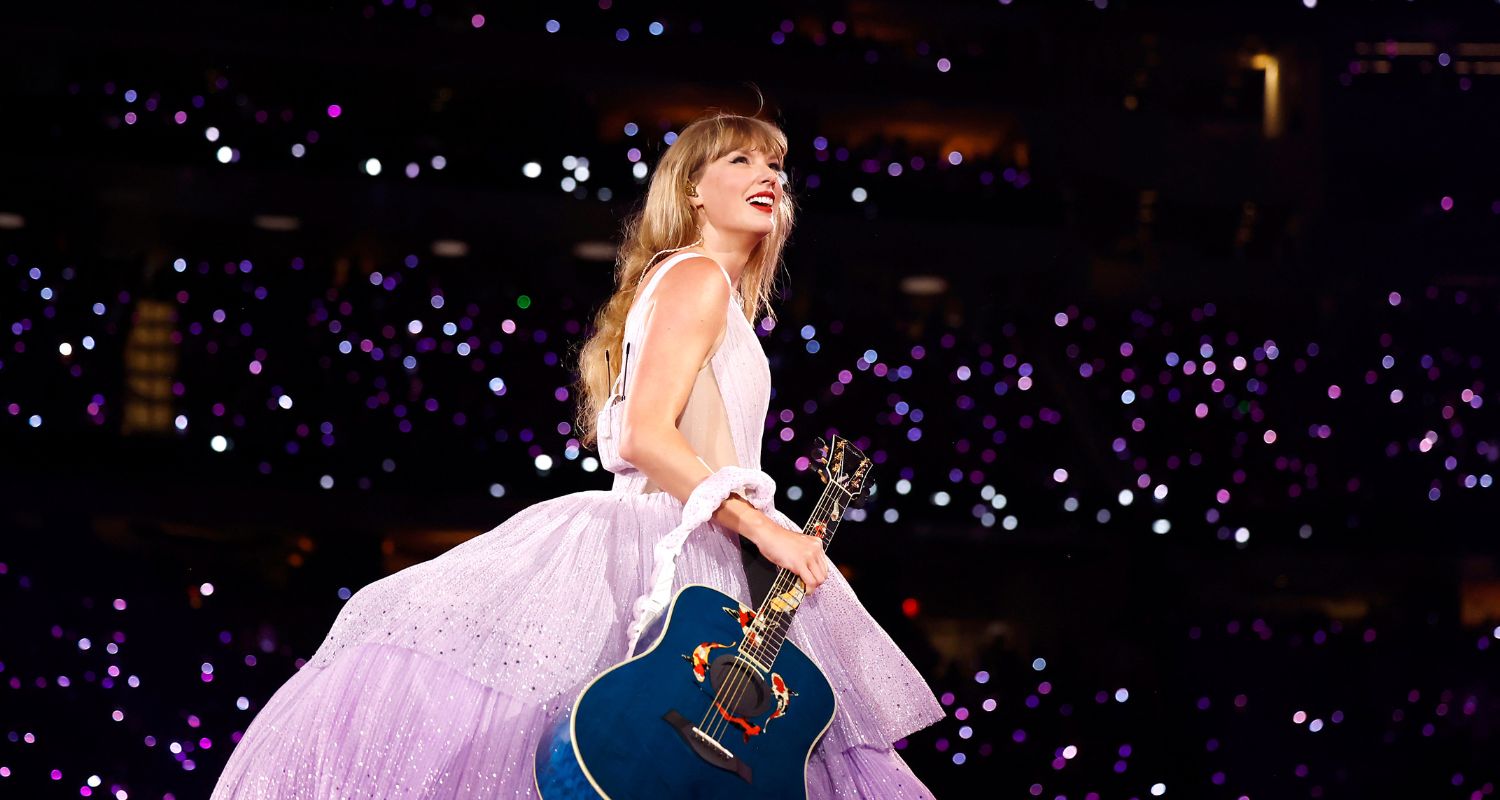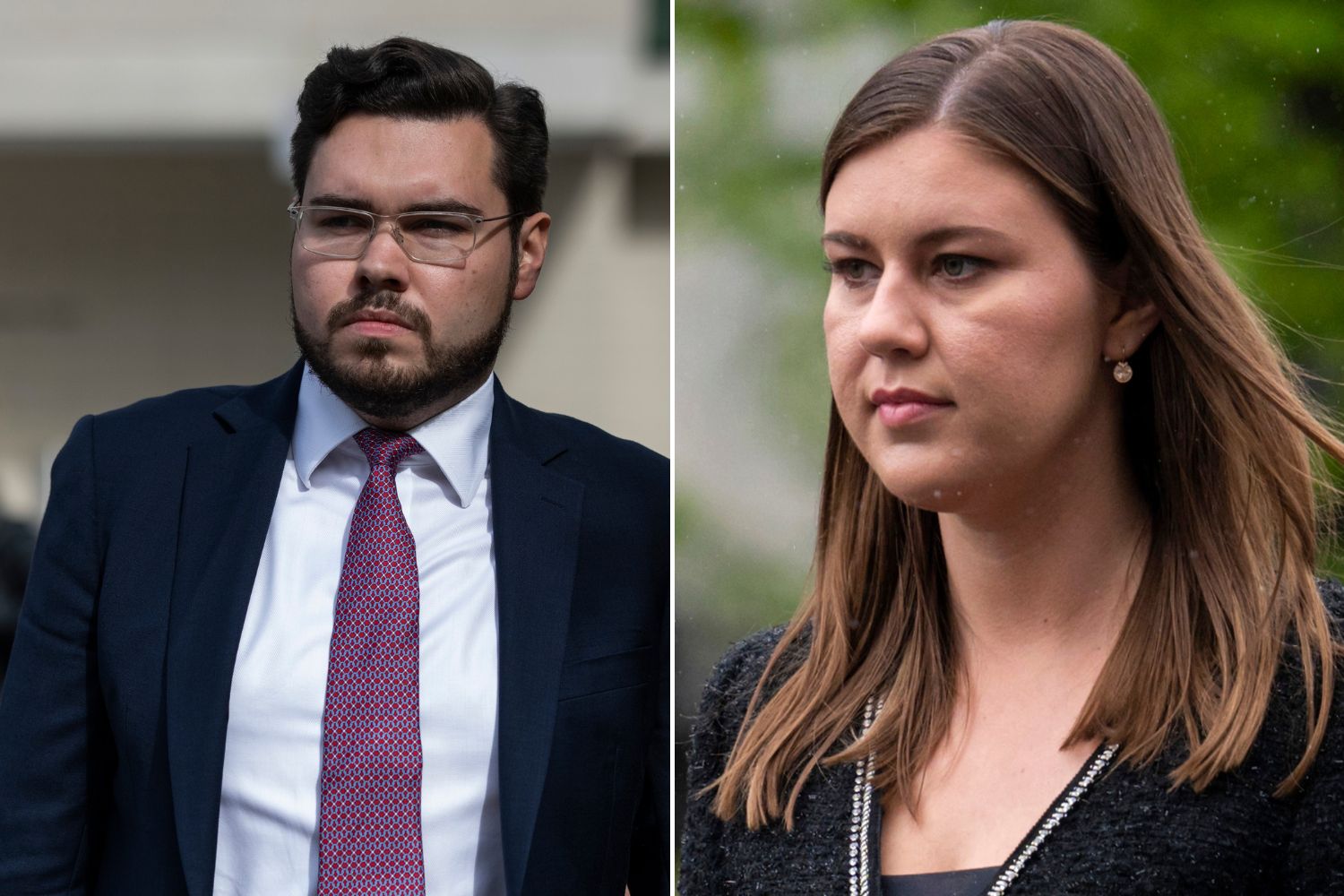Growing up on Larrakia Country in Darwin, Rebekah Raymond’s favourite childhood memory is of walking the hallowed halls of the Museum and Art Gallery of the Northern Territory (MAGNT).
It’s here where she first saw Indigenous art expertly hung, beautifully lit and rightfully appreciated, and it’s here where she learnt the power of visual storytelling.
“I come from a very creative family – my mum would bring us to see the National Aboriginal and Torres Strait Islander Art Award (NATSIAA) exhibition at the gallery every year,” says Raymond, whose Aunty was a finalist in the acclaimed award in the early 2000s. “Celebrating our cultures has always been important for me, and art is a great vehicle for that.”
In a full circle moment, Raymond has returned to her roots to curate the 2021 Telstra NATSIAA exhibition on Larrakia Country this year, moving home from Gadigal Land in Sydney where she worked at the Museum of Contemporary Art Australia and the Art Gallery of New South Wales.

“It’s a dream come true,” says Raymond, who started her curatorial career more than five years ago judging primary school art competitions for local Sydney councils, before working on shows at independent galleries and co-curating an exhibition at the Granville Centre Art Gallery.
Now, as the Curator of Aboriginal Art and Material Culture at MAGNT, Raymond is using her hard-earned knowledge to do what she’s always done: celebrate First Nations culture.
Walking through the Telstra NATSIAA exhibition with Raymond is an emotional experience – there’s the joy of seeing so much talent and beauty, the pain of the often-traumatic stories behind each work, and the pride of being a part of the oldest living culture in the world.
We sat down with Raymond at the launch of the 38th NATSIAA exhibition, where the 65 finalists and seven winners were announced, to talk all things art, advocacy and admiration…

MC: The Telstra NATSIAAs honour the work of the country’s best emerging and established Indigenous artists. What was the calibre of work like this year from the 248 entries?
RR: The calibre of work this year is amazing, especially considering it was produced in the second year of a worldwide pandemic. The pieces are a testament to the creativity and resilience of First Nations artists, who have somehow found the energy to be expressive right now when there are so many concerns on a global level. This year, we’ve seen a lot of self-portraiture and introspective work. Rhonda Sharpe created a beautiful soft sculpture series of portraits called ‘My selfs with Cowboy.’ It shows her in different stages of her life, one where she’s sad and crying, and another where she’s holding her sewing materials over head in celebration. Rhonda mentioned that she doesn’t have many photographs of herself, so it’s a really special way for her to record her own life and her achievements.
MC: How do you want people to feel when they visit the exhibition (or take the online tour)?
RR: The works on display are monumental pieces of art from the most talented artists across the country, but there’s an intimate energy to this exhibition. There are so many different languages and geographic locations in the one space. Art is a vulnerable practice, and the artists have shared themselves, their Country, cultural knowledge and communities. In his acceptance speech [for winning the Telstra Art Award] Timo Hogan said, “My heart feels open,” and I know other artists feel the same. I hope visitors find strength and pride in this exhibition and leave with open hearts.
MC: As the Curator of Aboriginal Art and Material Culture at MAGNT, what is the very best part of your job?
RR: The thing I love the most is spending time with artists. When I started at MAGNT, I was lucky enough to visit the art centres in Alice Springs, to see the artists’ studios and understand where they’re from. It was really valuable for me to be on Country with them and connect with them and their work on that level.
MC: And on the other side, what’s the hardest part of your work?
RR: There’s always a balance of caring for the community and also caring for myself and making sure my cultural safety is upheld. Within any institution, it’s tricky. I am an advocate, but I am not the only Indigenous voice and I do not speak for all First Nations people. I’m lucky that people are open to listening and learning, but in all organisations, there isn’t enough Aboriginal Torres Strait Islander representatives.
MC: How do you cope with the pressure of that?
RR: I have an amazing network or support and I’m lucky I can pick up the phone and debrief with people who understand. I also think we are making progress when it comes to representation. I am where I am now because of the work of those before me. We’re standing on the shoulders of giants.
MC: What is your hope for the future of our art industry?
RR: We have the world’s best storytellers in this country, who have been so for time immemorial. I hope that we can truly listen and respect them. Indigenous voices need to be centred – and our artists need to be championed.
The Telstra National Aboriginal and Torres Strait Islander Art Awards, open at the Museum and Art Gallery of the Northern Territory (MAGNT) in Darwin from 7 August 2021 to 6 February 2022. The exhibition can be seen online at the virtual gallery at www.natsiaa.com.au










